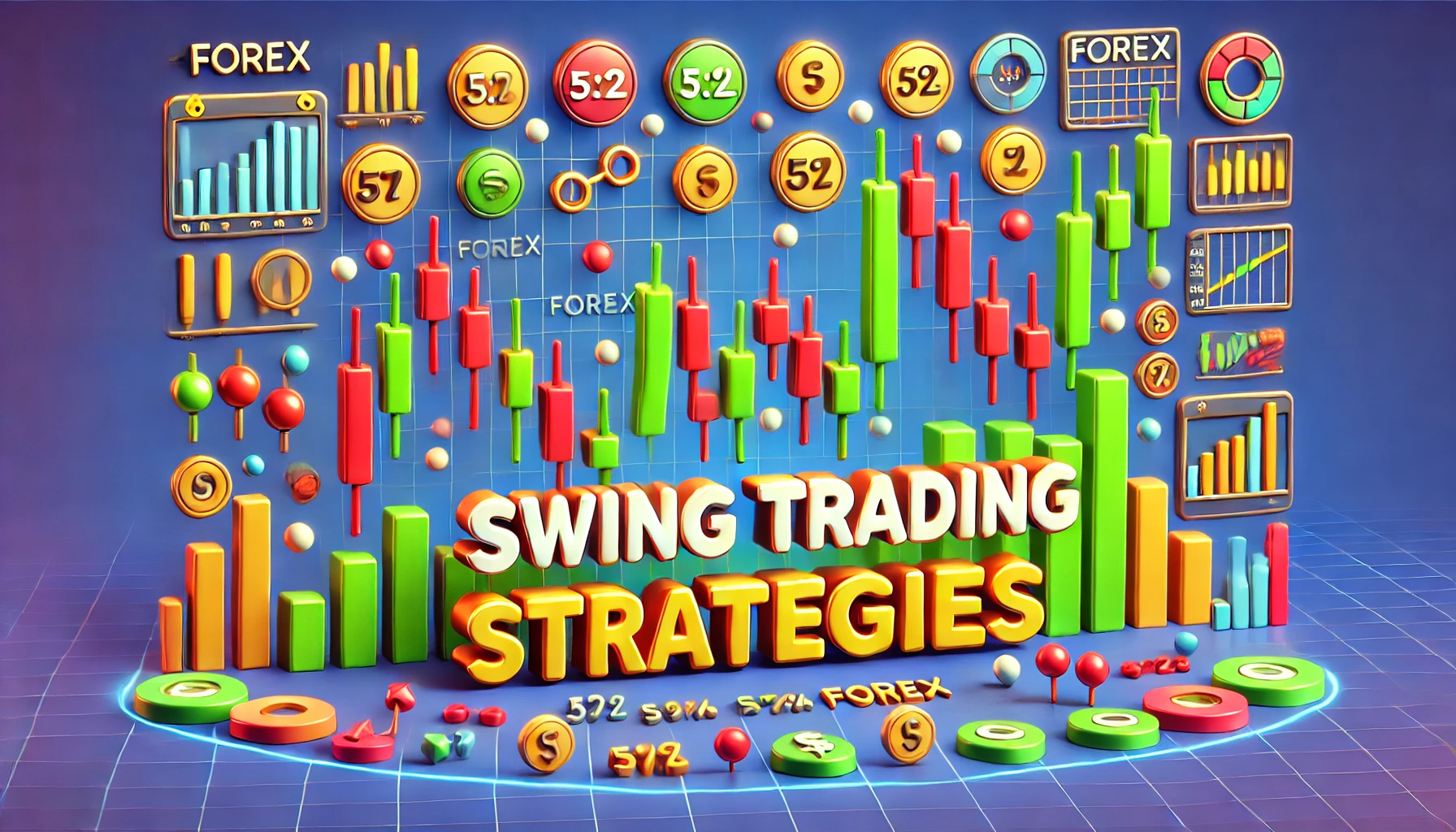A forex journal serves as a guiding compass in a trader’s journey, offering a detailed chronicle of every trading step—be it the initiation or closure of positions, along with the rationale driving those decisions. This diligent record-keeping practice unfolds a panorama of factors, laying bare the strengths, areas of improvement, and effectiveness of deployed trading strategies, thereby acting as a catalyst in enhancing a trader’s profitability trajectory.
However, the conventional metrics documented by traders often just skim the surface, leaving a significant portion of insightful data unexplored. Going beyond the customary entries in a trading log can unveil a spectrum of forex performance details that are often overlooked, yet are instrumental in providing a more nuanced understanding of one’s trading dynamics.
The following article delves into these 3 lesser-acknowledged yet potent metrics that can be a game-changer in amplifying the viability of your trading journal, and consequently, sharpening your trading acumen.
Table of Contents
Toggle1. Every trade’s date and time
One overlooked but paramount element in a trading journal is the meticulous recording of the date and time of each trade executed.
This precise information serves as a window into understanding the interplay between your trading performance and varying market conditions prevalent at different times.
Particularly, segmenting your trades based on the trading session—be it Asian, London, or New York—can shed light on the potential correlation between market session dynamics and your trading efficacy.
For instance, an Asia-based trader might discern that a majority of profitable trades occur during the New York session. This insight could be an impetus to reallocate trading hours to capitalize on the more favorable market conditions prevalent during that session.
Moreover, a thorough examination of the time of day when trades are entered or exited could also demonstrate patterns. There might be certain hours when the market’s behavior aligns more harmoniously with your trading strategy, thereby providing a higher success rate. By identifying such patterns, you can tailor your trading schedule to exploit the periods when your strategy performs optimally.
Note that, in trading markets that are subject to several vulnerabilities like geopolitical events and global economic shifts, having historical data on how your trades fared at different times provides a robust basis for adaptability.
2. Holding duration
Another underrated yet significant metric to incorporate in your trading journal is the ‘holding duration’—the span of time you retain a position before closing it.
Analyzing your average holding duration paves the way for a deeper understanding of your trading style, shedding light on whether you gravitate toward short-term or long-term trading strategies.
Taking this to another level, a comparative analysis between the holding duration of your winning trades versus losing ones can also present invaluable insights. It reveals whether your penchant for hastily severing trades or clutching them too tightly sways your trading performance and affects results.
For example, a prolonged trade, particularly for a losing or low-yielding position, can trap vital capital, thereby blunting your knack to seize more lucrative chances. Identifying and amending such tendencies can usher in a more efficient dispersal of your hard-earned money.
Ultimately, understanding your holding duration acts as a catalyst in syncing your trading tactics with your innate trading persona, leading to an enhanced trading atmosphere and potentially sharpening your decision-making prowess. It is pivotal to avoid letting your funds languish in less rewarding arenas. This way, you can easily relocate your capital and catch richer prospects, a feature particularly important in the fast-paced domain of forex trading.
Monitoring the duration you cling to trades is not for mere record-keeping. It is a lever to refine your strategies and optimize your financial arsenal. By zooming in on this overlooked facet, you inch closer to architecting a trading blueprint that resonates with your unique trading demeanor and stands a higher likelihood of enhancing your financial results.
3. Position size
In the trading realm, the magnitude of your trade position can narrate a tale about your reactivity and strategic planning as the market dwindles up and down. Looking into this frequently glossed-over dimension in your trade journal may reveal how the size of your positions interlinks with the outcomes harvested.
The position size serves as a barometer, mirroring your knack to either snatch the reins during favorable trends by amplifying the position or display prudence amid turbulent markets by downsizing. It is this fluctuating size spectrum that unlocks insights into your trading maneuvers.
Do you usually make bigger trades when market conditions are good and the trends are on your side? Looking at your successful trades in relation to trade size can show how well you take advantage of good market conditions.
On the other hand, looking at your unsuccessful trades in relation to trade size might show if you are good at being cautious and reducing your trade size when the market gets rough.
Overall, the journey towards becoming a proficient trader is paved with consistent self-analysis and a willingness to learn from both successes and failures. Each trade, when documented with its position size, serves as a lesson. It is through these lessons that you can comprehend recurring patterns, and in turn, refine your strategies for better position management.
Bottom line
Keeping a trading journal might seem tedious, yet it is a fundamental stride towards honing your trading skills. It is through this daily discipline of noting down, analyzing, and learning from each trade that you move from being an ordinary trader to a pro. Specifically, by paying attention to the often overlooked metrics, you open doors to invaluable information and a clearer path toward redefining your trading strategies. Remember, it is the extra effort invested in understanding the nitty-gritty like optimal position sizes under different conditions and the best time to trade, that truly sets apart an extraordinary trader from the rest.
Read more:
http://thetradingbay.com/2022/11/19/6-myths-about-forex-trading-you-should-know-about/












